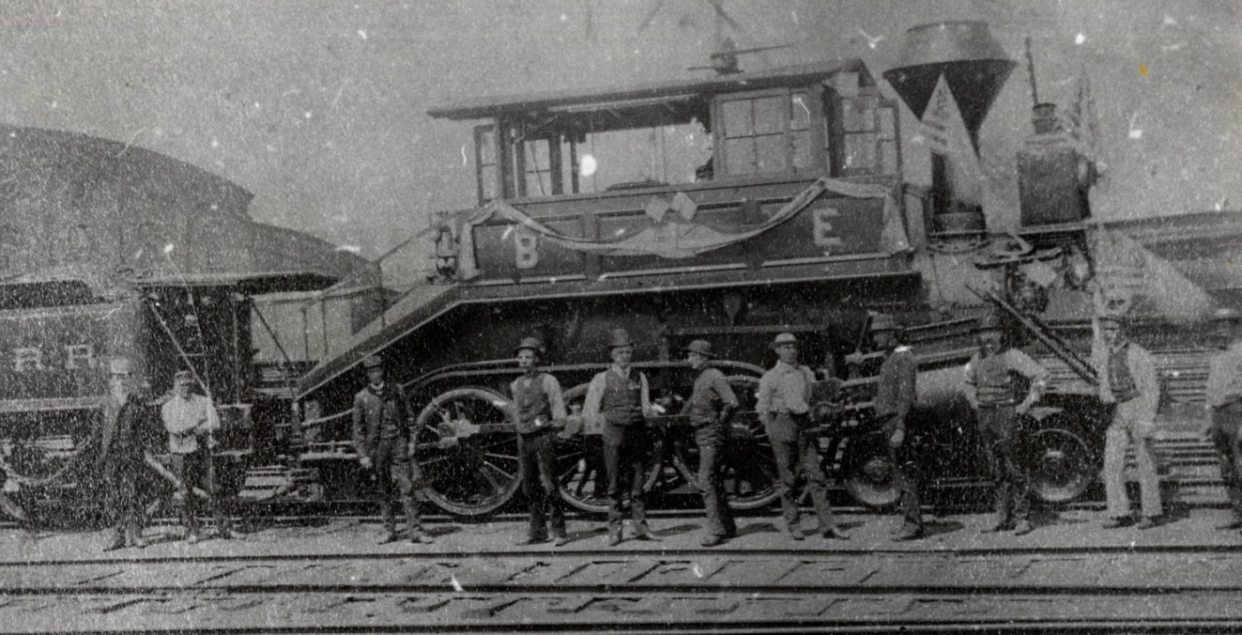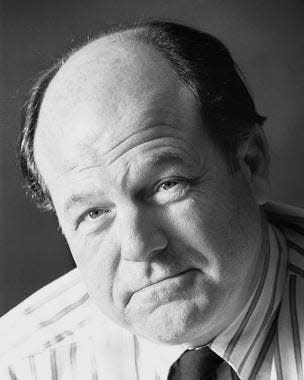Columbus marked 'Decoration Day' in 1923, even as town and nation were in transition

It was a memorable Memorial Day in Columbus in 1923.
The weather was perfect — sunny and not too hot — and the residents of the state's capital city turned out in large numbers a century ago to remember the military veterans of central Ohio and their valued place in the story of the city.
Columbus was a town in transition in 1923, as was most of America. Warren Harding of Marion, Ohio, had been elected president in 1920, promising a country “Back to Normalcy” after the Progressive Era and World War I. Having said that, the country was entering a decade that would come to be called the “Roaring Twenties” with new technologies like the automobile, the motion picture and radio becoming a prominent part of people’s lives.

Lifestyles were changing as well. Men were wearing wrist watches and observing the shorter skirts, shorter hair and enhanced make-up of the ladies of the flapper girl era. It was a time when attitudes, habits and beliefs were changing.
But for all of that, the Columbus of 1923 still had time and inclination to remember with passion and in large numbers the contributions of its veterans — past and present — to the people of central Ohio. In 1923, parades were still popular and the parade on this Memorial Day was a rendezvous with remembrance.
A local newspaper described the scene in Columbus a century ago:
“Memorial Day, 1923, dawned with every promise of one of the most beautiful days in Columbus history…Long before the time for the parade to start, the streets leading off Broad Street were filled with color and choked with flags. The Wednesday parade was perhaps one of the most colorful as well as one of the most representative in recent years.
“While Trinity chimes played ‘America,’ Grand Marshal John C. Speaks prepared his divisions to march. Meanwhile veterans of the Civil War and their wives who were unable to walk, were taken in automobiles to the cemetery for the dedication of the new memorial plot to Columbus’ World War dead…
“The Fort Hayes band enlivened the First Division [of five in all stretching over several city blocks], which fell in behind officials of the day and the automobiles which took the veterans ahead … Under the flaring of flags and the gleaming of the instruments of many bands, paraded the blue of the Civil War, the khaki and blue of the Spanish War veterans, the swift-moving khaki of the American Legion, the trim uniforms of the marines, and the breezy garb of the American navy, with many another uniform scattered into the welter of color.
“William Chambers, disabled World War veteran, rode in the parade in his special car and was a principal figure at the dedication ceremonies at Green Lawn, where he raised the American flag on the new flagpole above the graves of 24 soldiers who died overseas.
“With offices and stores closed for the day, the afternoon was set aside for outings and recreation. Veterans of the World War, confined in various state institutions, were to be taken to the races at the Driving Park … Parks and theaters were expecting large attendances and automobilist picknickers began to stream out of the city on all roads early in the day.
“The American Legion band composed of members of Franklin Post No. 1, 100 figures clad in blue and red, was a striking unit in the line of march. Colored veterans of the Ninth Battalion, Spanish War veterans, were also in line. Women’s Auxiliaries of the various organizations of veterans of the three wars were interspersed among the divisions of marching men. There was a large delegation of Boy Scouts, too.
“At Green Lawn cemetery, Paul M. Herbert, state representative from Columbus, delivered the dedication address, paying beautiful tribute to the soldiers who died in France, following the brave example of patriotic devotion set by the veterans of earlier American wars, also laid at rest in the cemetery. Tardy spring weather depleted the usual abundant supply of seasonal flowers for decoration of graves, and large shipments of flowers were sent in from the South, supplemented by many products of the hot house. The American Legion decorated the graves with individual American flags and wreaths of leaves.
“Various posts of the Legion decorated graves of their comrades in Union, Calvary and St. Joseph cemeteries after the services in Green Lawn. The Columbus Lodge of Elks placed a floral wreath at the base of the flagstaff on the soldiers and sailors plot in Green Lawn … Not only disabled veterans of the Civil War, but those who fought in the Spanish and World wars and could not join in the march were taken to the cemetery in machines. These included 25 disabled veterans at the Columbus State Hospital.
“The University Post had charge of ceremonies at The Ohio State University, where a detachment of cadets fired a salute, after which a wreath was laid at the base of the Memorial rock near University Hall.”
It was a good end to a good day in Columbus.
As It Were is written by Ed Lentz, is a local historian and author.
This article originally appeared on The Columbus Dispatch: Columbus, nation were in transition a century ago, but veterans feted

